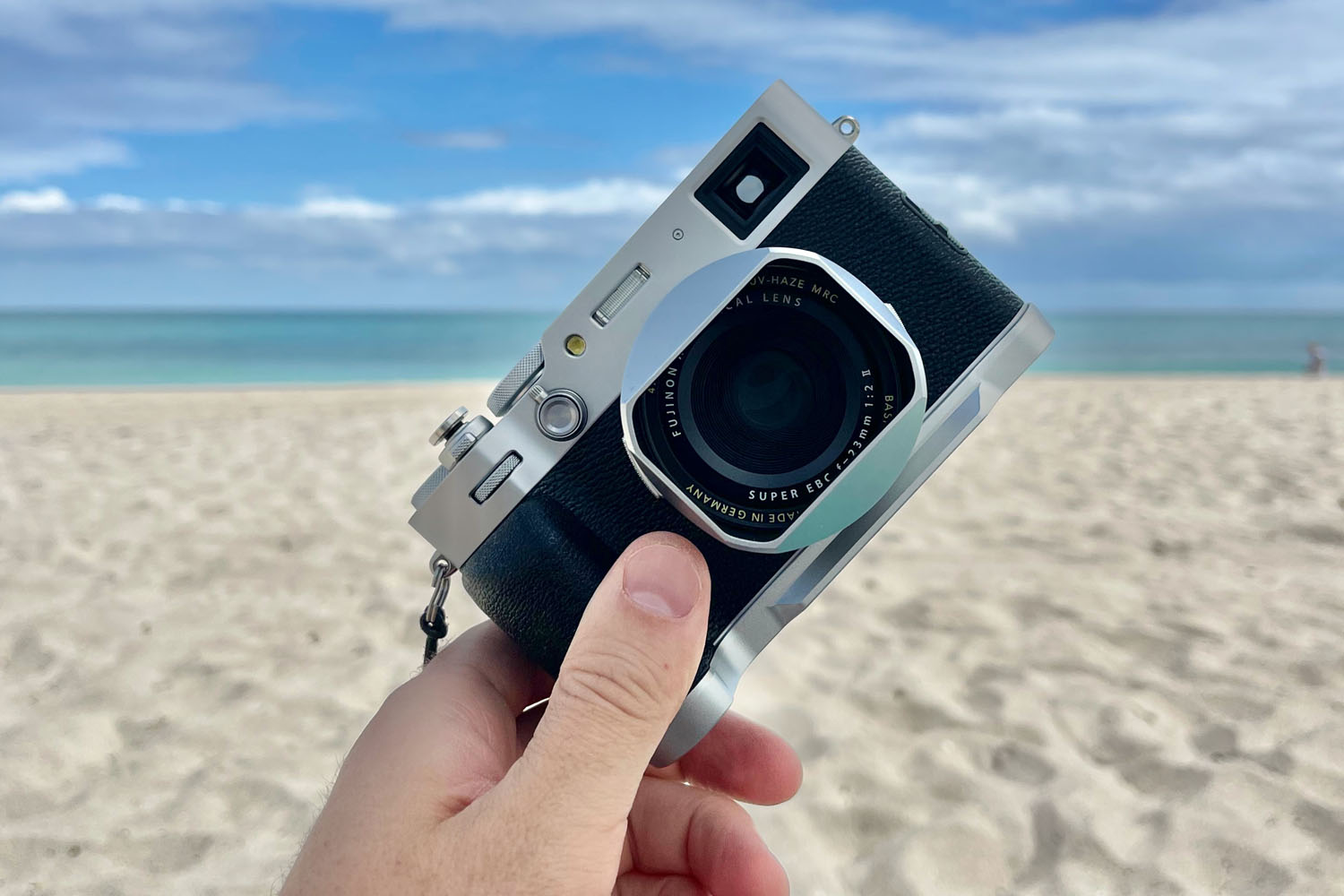Less weight and more space for creativity and innovation in your bag
About 2011 I purchased my first Fujifilm camera, the X10 and I used it in addition to my Canon 7D crop sensor camera, and I really fell in love with it. Not a pro-level camera, but it was very fun to use it for some family, friends and vacation stuffs. The image quality was very different from other cameras that I owned.
In 2013 I decided to upgrade my gears with the X100S that is still in my bag. What a camera, guys! I love the EVF and the 16Mp X-Trans sensor, an incredible image quality that completely blow my mind. Meantime I needed to upgrade my Canon main body with a new one for my commercial works, so I sold the old 7D for the 6D full frame. I used Canon from 2009 and its cameras works always very well, but once you use a Fuji X Serie, nothing will be the same.
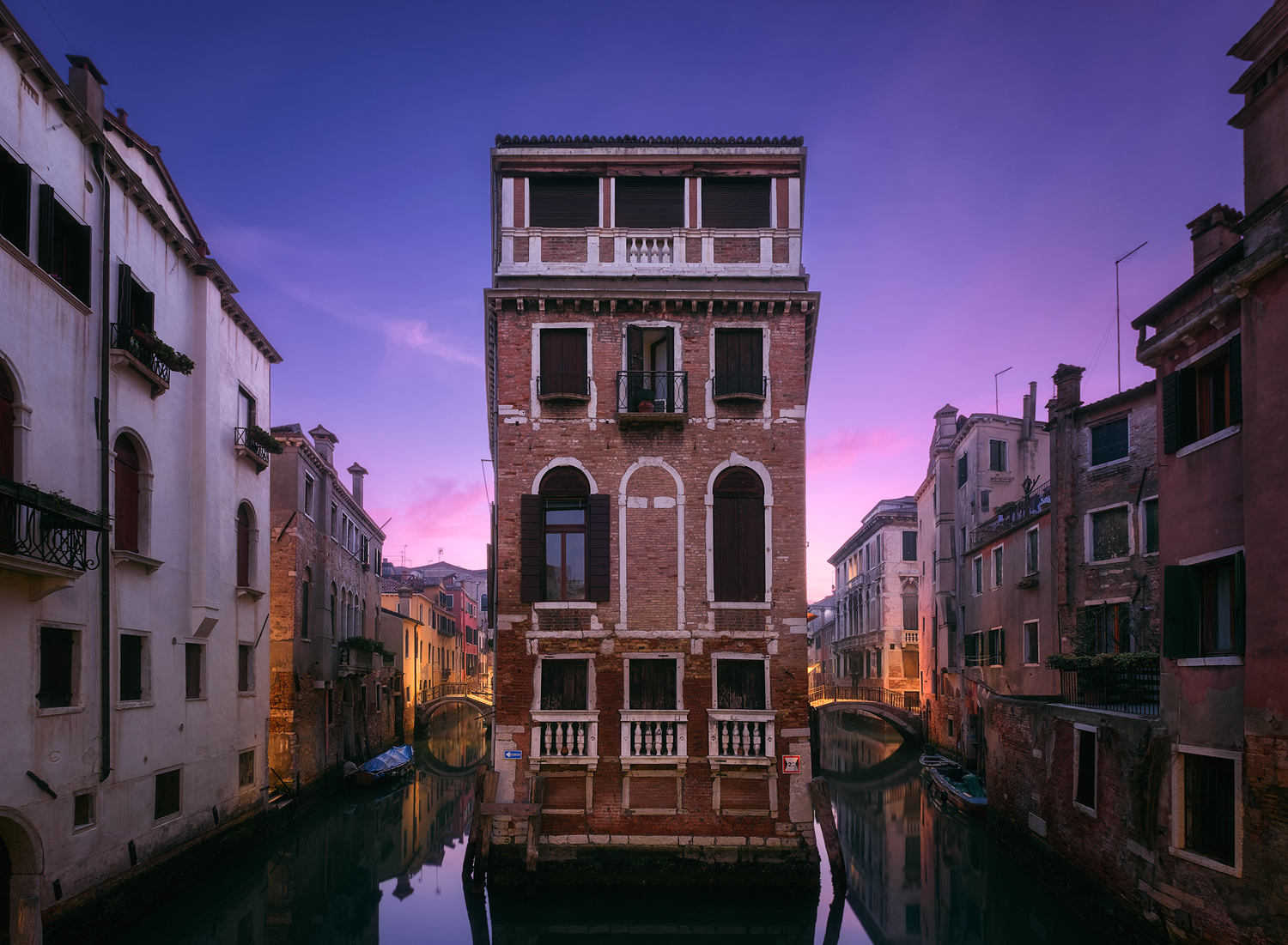
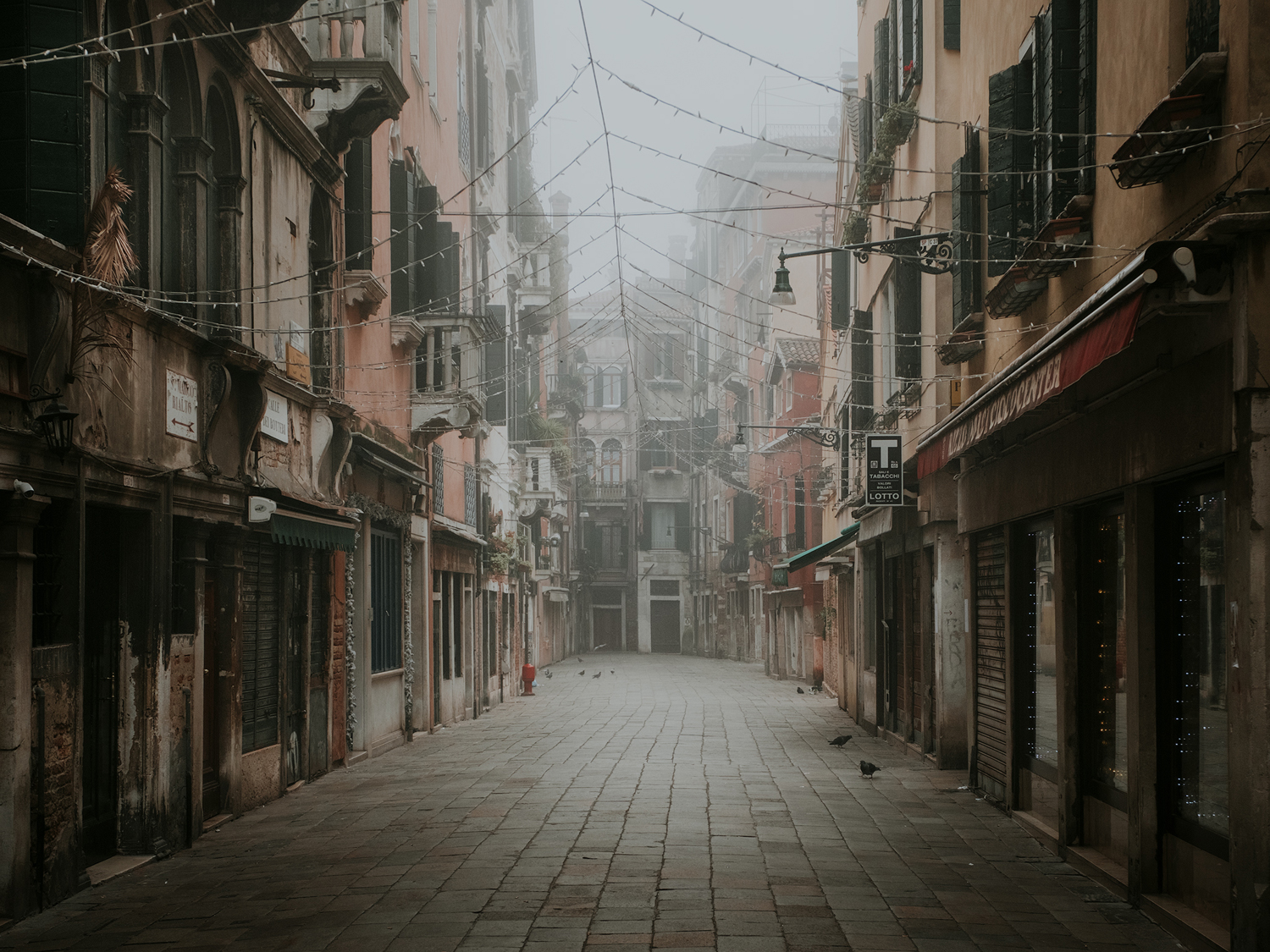
When the X-T1 entered the market the temptation to switch completely on the mirrorless system was very high, but the time was not yet ripe, until the last year when the X-T2 come to life; the perfect camera that fits all my needs. At that time, I was struggling with inaccuracy of the white balance of my Canon 6D, and other annoy limitations like few autofocus points, shadows recovery, slow fps rate, a single SD card placement, no EVF, etc….
Furthermore, during the year, beside commercial works, I shoot a lot of landscapes and organize several photography workshop in Dolomites, and the weight of your gear become crucial when you need to hike for three hours along steep mountain trails. Technology not only became an essential part of our lives but also changed the way we live. So I decided to sold all of my Canon equipment and switch completely to the Fuji X System.
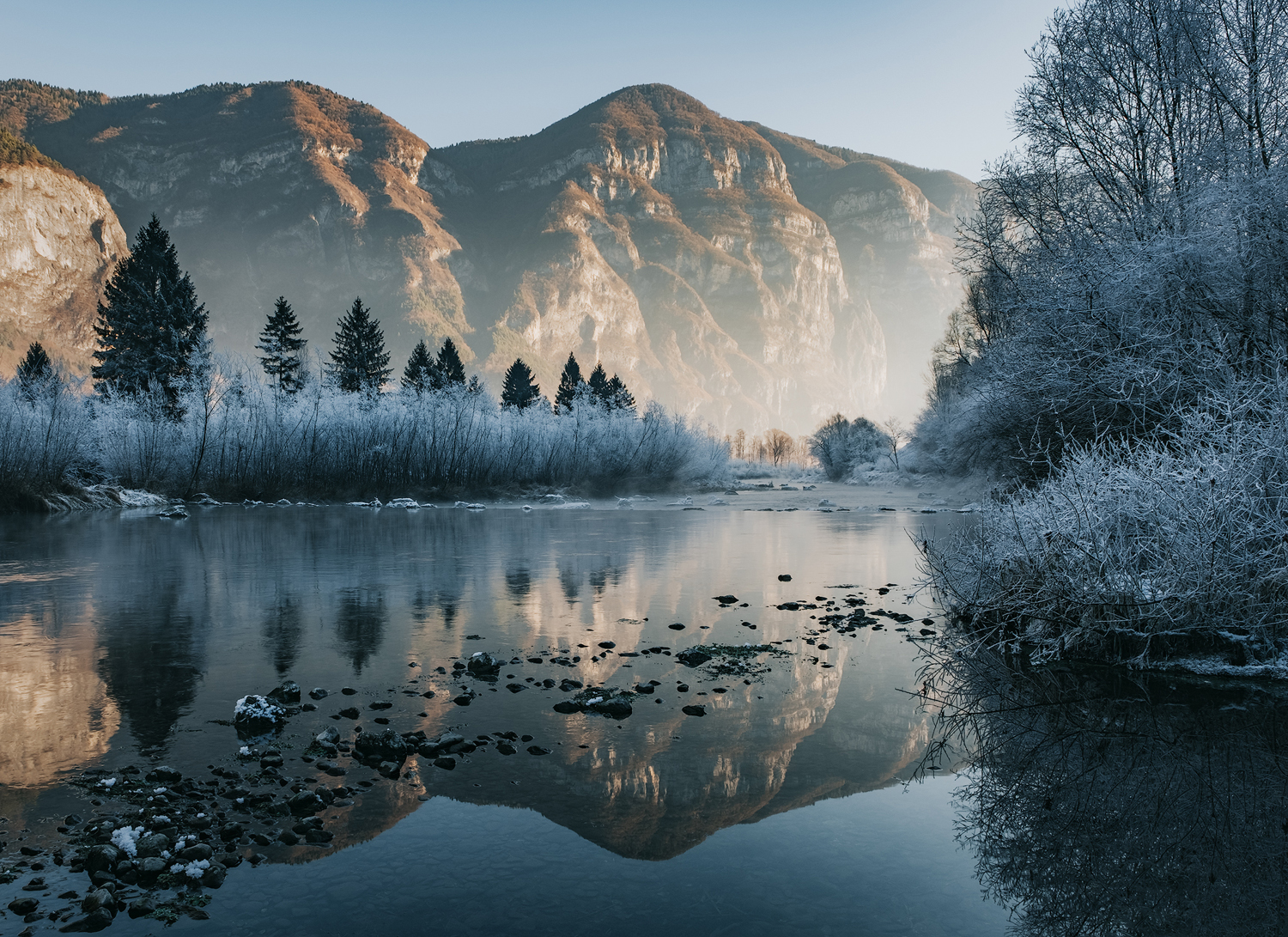
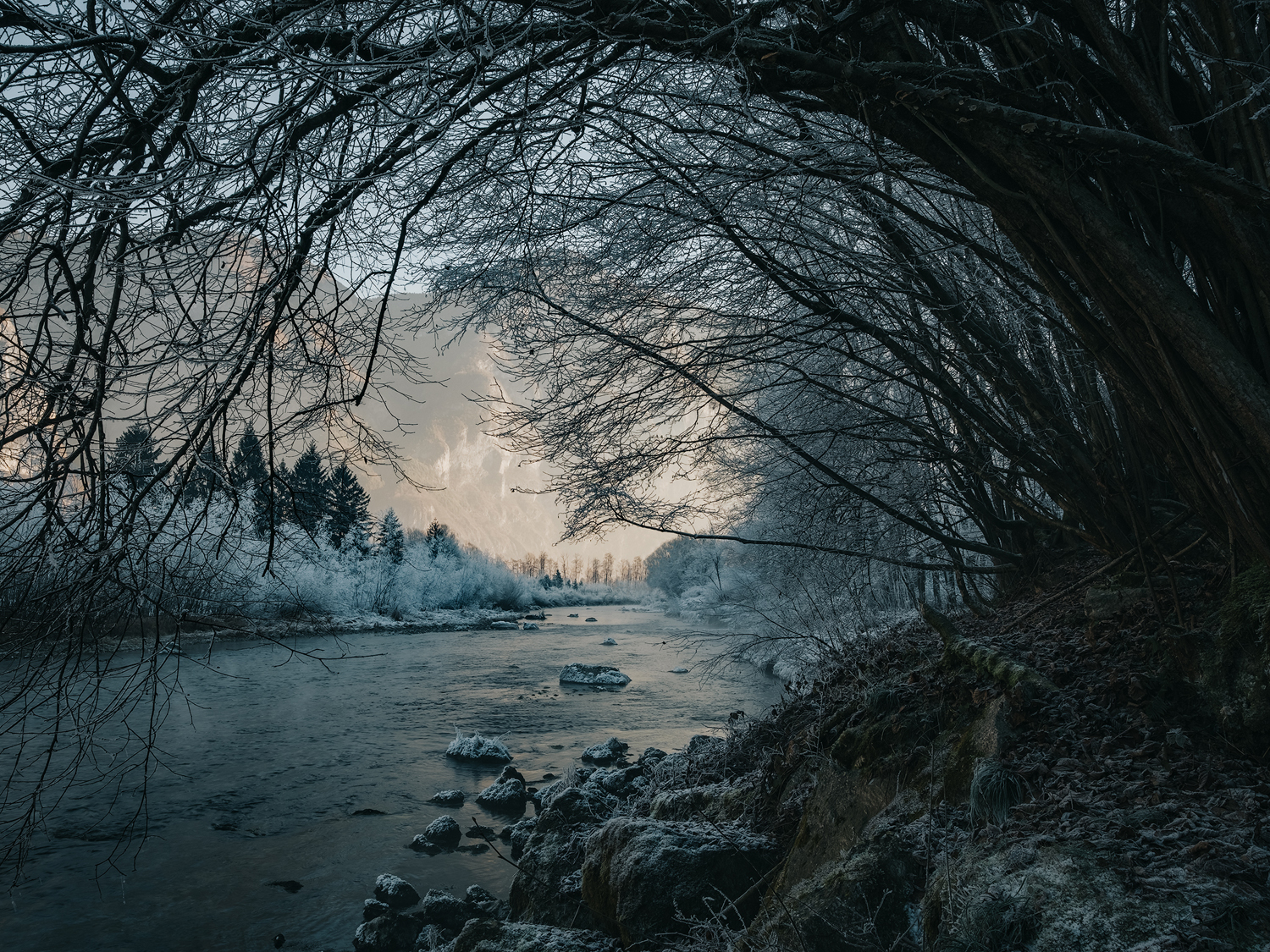
Why I switched from Canon to Fujifilm?
IMAGE QUALITY
The longer I shot with my X100S I started preferring the image quality of the Fuji over that of my Canon. The overall quality of the X-Trans III sensor is not to be ignored. Skin tones and fine details on landscape images are rendered beautifully, colors are vibrant without crossing the line into garish, and dynamic range is a dramatic step up from its predecessor. With Fuji’s film simulations the jpegs really look pretty stunning right out of camera. Classic Chrome and B&W Across are my favorites, absolutely stunning!

PHOTOGRAPHIC EXPERIENCE & WEIGHT
Before to be a photographer I’m a musician/guitarist. Everybody knows that a guitar has six strings, but not every guitar sounds the same way. Every instruments has its own nuances and playing a Les Paul is not the same thing to play a Stratocaster, the approach and the feeling are totally different. In photography is exactly the same. Fujifilm fits my style better than any other camera in the market. Oh, it’s weighs is about 1⁄3 less than a Canon 6D; over the course of a long hike, wedding day, or on-location shoot, a heavier camera will affect your performance plenty.
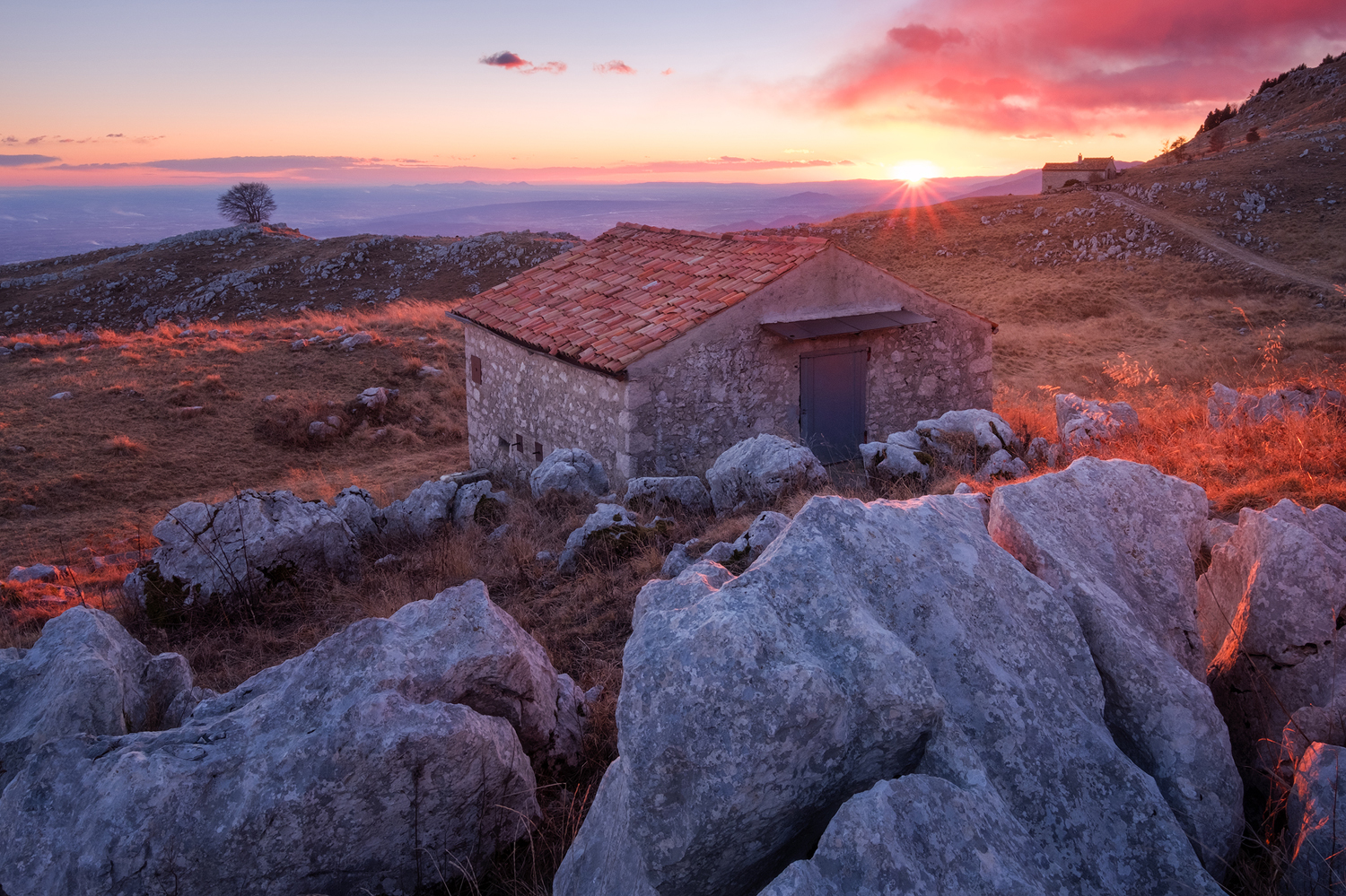
BUILD & CONTROL
The X-T2 is built well. It feels fantastic in the hand, and the dials and buttons and controls are pretty awesome. The grip is just right. Also weather sealed so no need to worry if you get caught in the rain. An easy access to ISO with a fat ISO dial up top on the left. Under that we can choose our exposure metering, and we can dial in some EV comp or set our shutter speed. Manual dials are my fave and they remind me of the old school cameras, when cameras were made for serious shooters. So the XT2 gets a 9/10 from me in the control depth as the layout is fantastic. Being able to set just about any setting with a dial or button or knob is lovely.
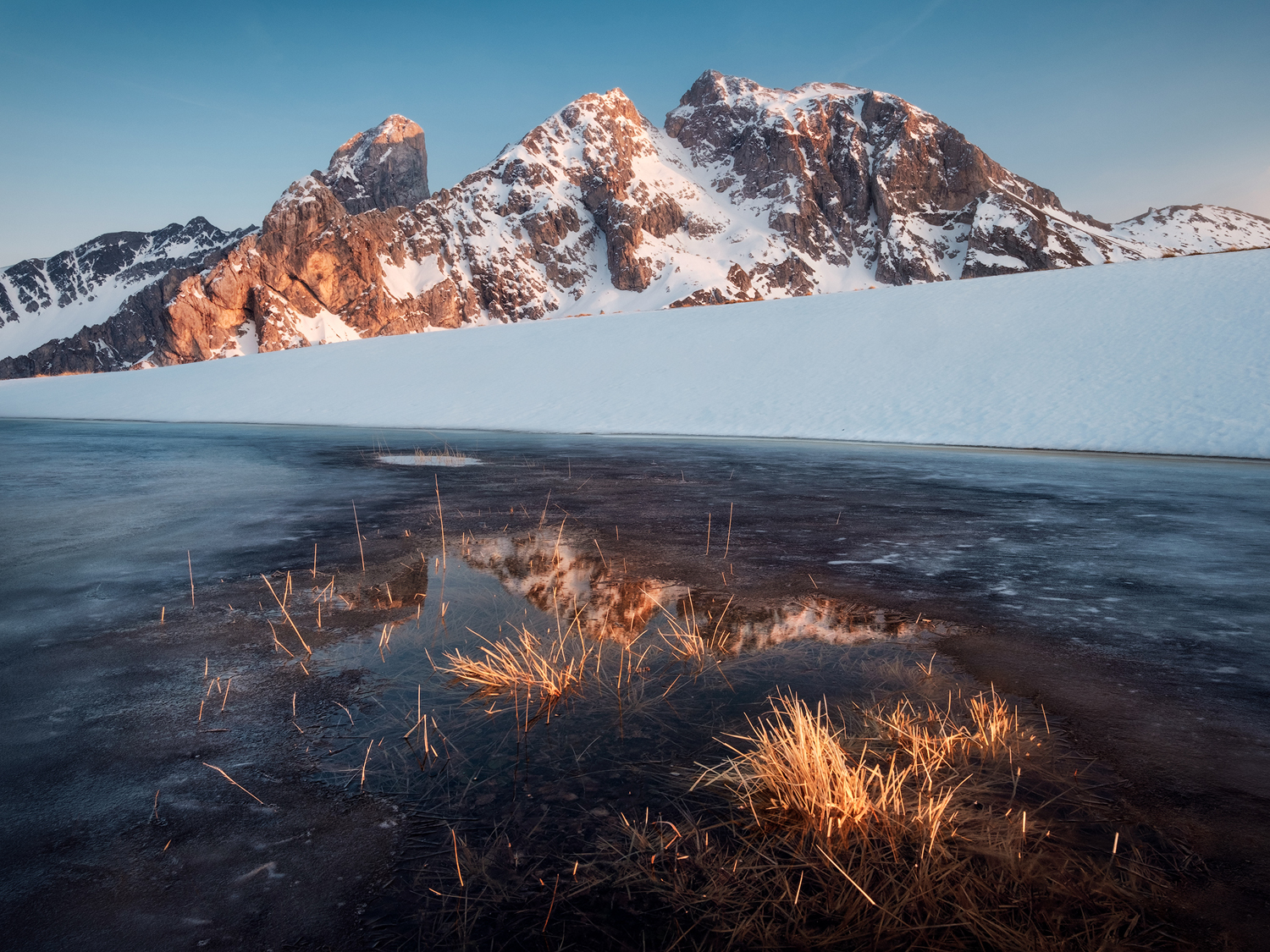
FIRMWARE UPDATES
This is a huge one for me. Each firmware update really improve performance, add new features and almost make it feel more like a new camera with each update. That’s genius on Fuji’s part and I love how they really strive to improve upon each of their cameras even though they are already pretty good to begin with. The last firmware v2.0 for the X-T2 is crazy. I can’t wait to see the improvements with the imminent v3.0.
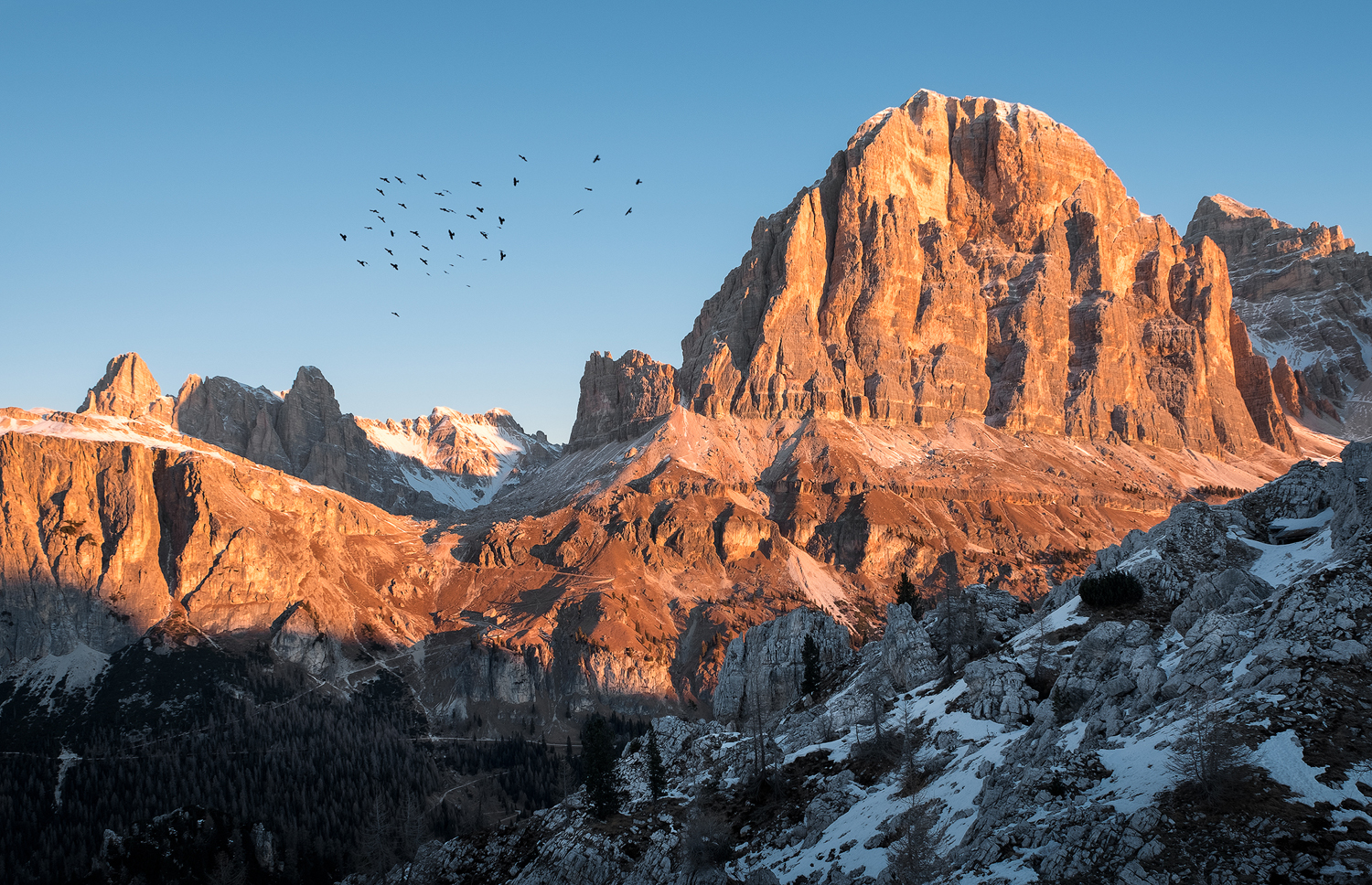
XF LENSES
Fuji has really put out some stunning lenses for their X Series. I love each of the lenses I’ve picked up. Sharp, fast, and really affordable compared to the L lenses for my Canon. I cannot believe how sharp these lenses are, even shot wide open. The best three lenses that I use the most are the XF 10-24mm f/4 (not WR but I love the quality of this lens for wide landscape scenarios), XF 16-55mm f/2.8 (I love this piece of glass, contrast and sharpness are stunning.
I hope to see in the near future a stabilized version of it), and the XF 50-140mm f/2.8 (more heavier than the last two lenses, and a bit noisier then my L glass, but the quality is second to none, outstanding). If I had to say anything to Fuji about what I’d like to see regarding their lens lineup, it would be that I wish they would make all their XF lenses weather-resistant.

LOW LIGHT PERFORMANCE, SHADOWS RECOVERY & DYNAMIC RANGE
6D works quite well in low light conditions, but not as well as the X-T2. X-Trans sensor retain more detail in the shadows, a better crispness, and a wider latitude on shadows recovery with less noise. Dynamic range is way better than my old Canon camera.
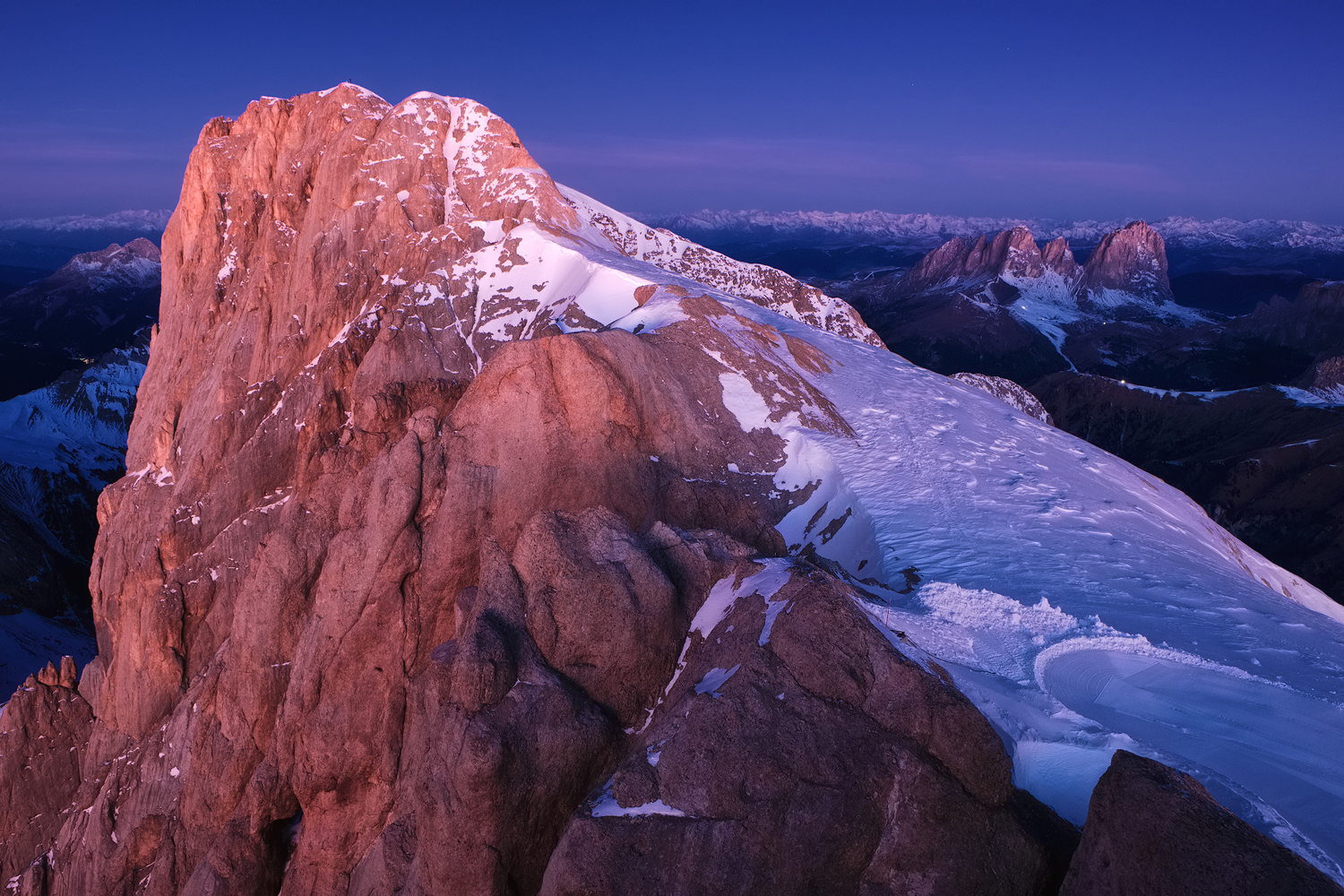
EVF & AUTOFOCUS
Autofocus is exceptionally fast, accurate, and customizable. The bonus with mirrorless, is the WYSIWYG function of the EVF. It’s bright, fast, and way more versatile than an optical finder. Now I can see immediately if I need to make a White Balance or Exposure adjustment before the shutter fires. I’m getting things right in the the camera and relying less on post. 24MP is a great step up in resolution from the X-T2 without going overboard for the sake of marketing.
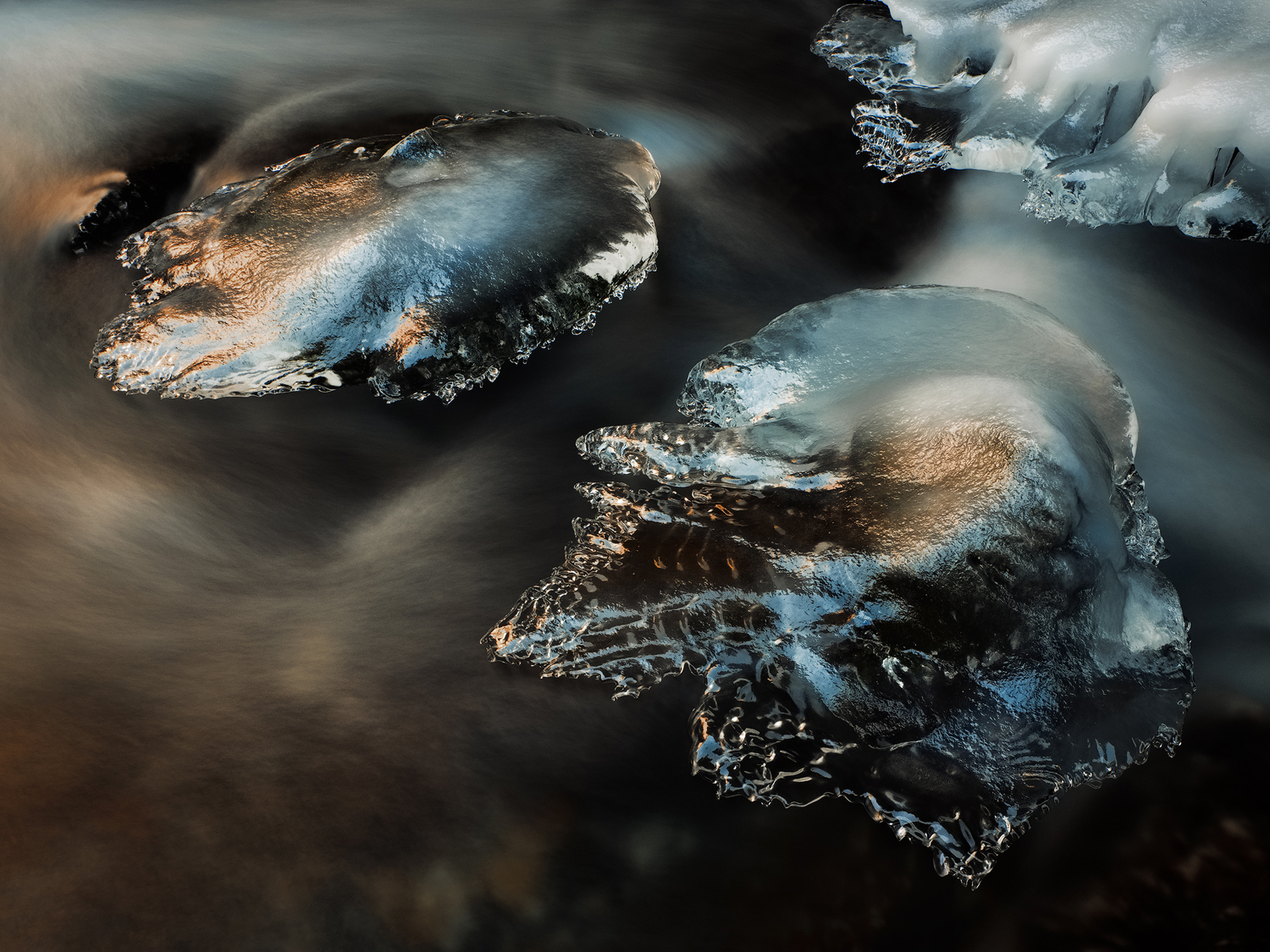
DEPTH OF FIELD SCALE
I use this function very often in combo with Focus Peaking for all of my landscape works and it is extremely precise. This is another very useful technical innovation from Fuji that allows me to focus on image making and not wondering if I am in focus or actually where my hyper-focal zone is located. It just make life easier and reduce the chance of error when you are in the field.
Recently I changed my developing workflow for the RAF files. From many years I use Adobe Lightroom to manage all my works and it’s an amazing tool. Sadly, the only problem Lightroom (Adobe Camera Raw) has with Fuji X-Trans files is with sharpening them – basically it’s crap at it. You can get ok results with certain types of images, but it really struggles with high frequency details.
For some landscape works I used Iridient Developer which performs very well with RAF files and way better than Lightroom. Recently Phase One released the new 10.1 version of the software Capture One. The quality of the raw processing for the Fuji X-Trans files is ridiculous! Now you can read RAF (lossy) files, with a gorgeous colors rendering, better contrast, and incredible fine details. I’m totally in love with it!

I have no regrets in ditching my Canon gear for the Fuji X system. Please understand I loved the quality of my Canon equipment. I shot Canon for 7 years, and I would never discourage anyone from buying and using Canon professional cameras. But, my needs changed. I switched because I didn’t need the bulk cameras and lenses any longer. I wanted to slow my photography down a notch. I wanted photography to be fun and X cameras are the best mix of power and fun.

When I look back to just a few years ago, it makes me realize just how far we have come with mirrorless digital cameras and how much the DSLR has stayed the same (of course with the speed and MP enhancements over the years). Today, the Canon and Nikon DSLR’s look mostly the same as they have for years. They are still fat, bulky and well..DSLR like.
Mirrorless cameras and manufacturers who are putting time, money and resources into the design and function of these cameras, well it is starting to pay off as today, as we 2017 our choice in cameras and lenses have never been more plentiful or full of great options. In summation, I’ll give you the short answer as to why I switched from Canon to Fujifilm. I can even do it in one word: INNOVATION. This is the main reason for me and this is the direction I have chosen.
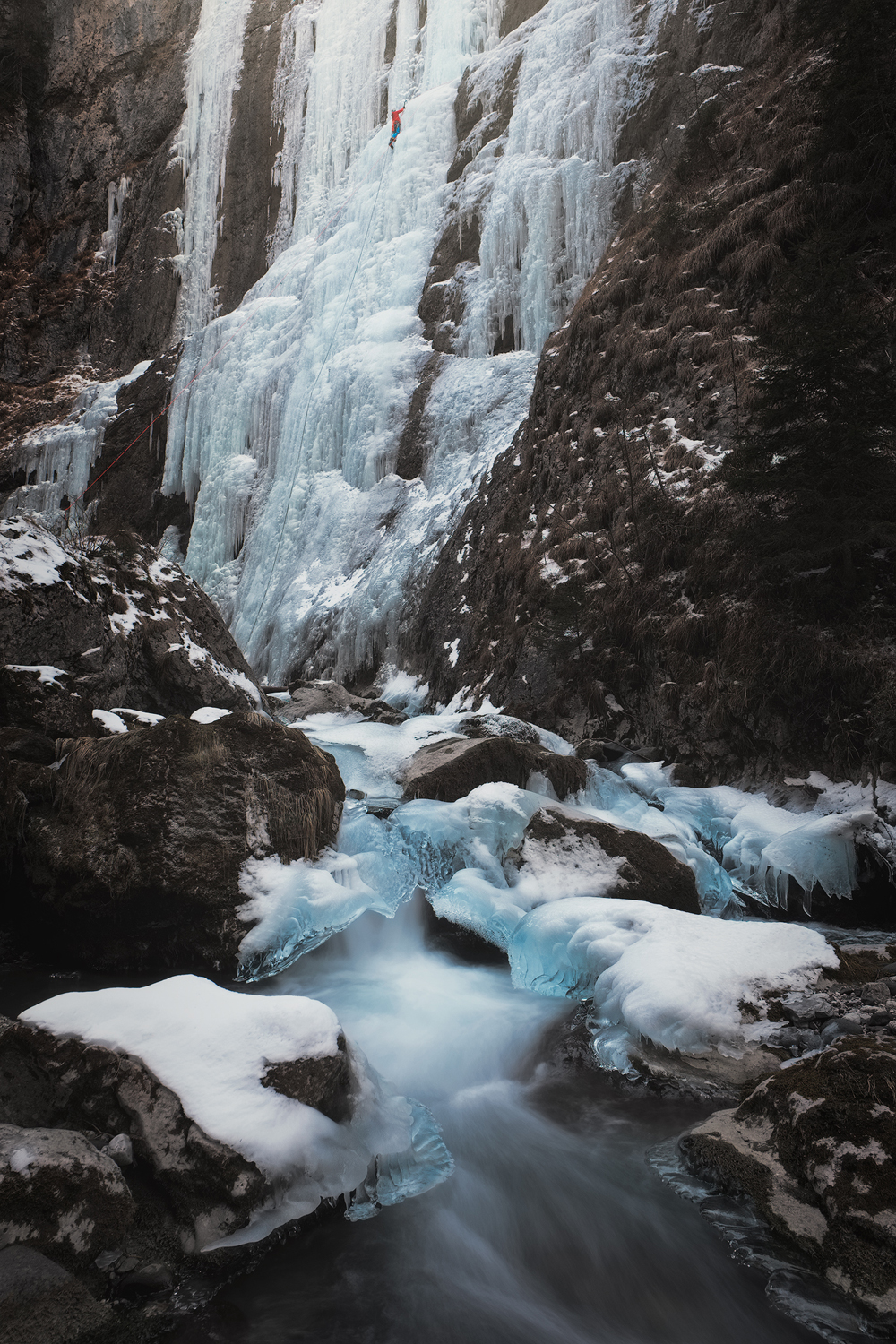
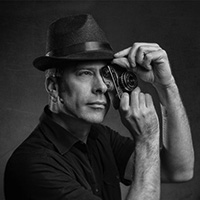
“I’m a Venice based professional photographer, educator, musician, and a spirited adventurer. I started exploring the photography medium by capturing images of fellow musicians, their families, and other friends and acquaintances in the music industry. As I continued honing my craft, I merged my love for photography and exploring the outdoors, enabling me to amass lots of photographic work of delightful scenery, rugged mountainscapes, and exhilarating terrain. I also lead photography courses, workshops & tours to teach other photographers my method and help them to bring out their own vision.”



